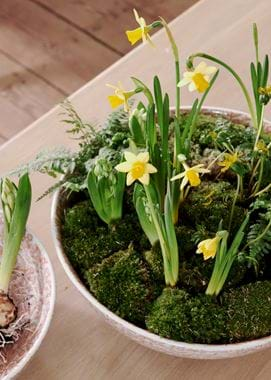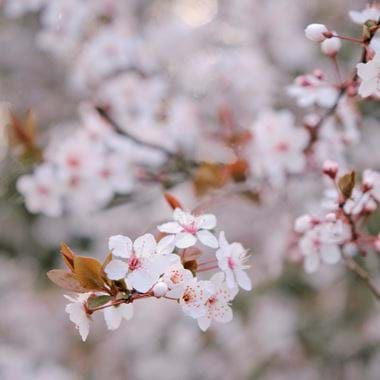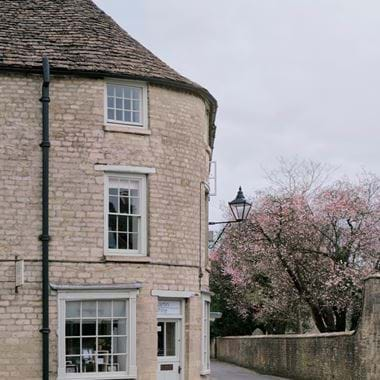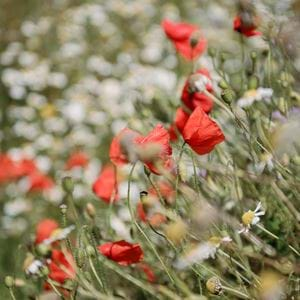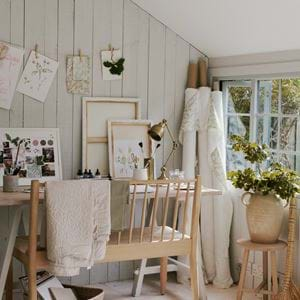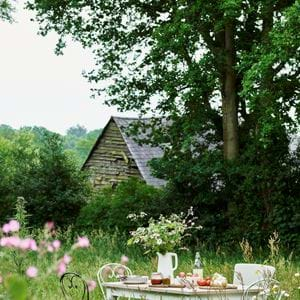A celebration of spring in nature
A celebration of spring in nature
Spring. Is any season so welcome, so wanted? While autumn brings relief after the heat of summer, the first frost of winter reminds us that the festive season is near, and summer’s first truly warm day is brimming with school-holiday excitement, it’s spring that we look for most eagerly. The first snowdrops spotted are, for many, a sigh of relief. The darkest days are behind us, and there is light on the horizon. This year, in 2021, the feeling is doubled, as the end of February has brought not only the hope of spring but also the tentative hope of better days to come.
Spring has us dashing outside at the first sign of the sun. Among the Neptune HQ team, a string of warm days as February closes sees every conversation punctuated by thoughts of lunchtime walks and lots of, “Doesn’t it feel like spring?” We can’t help it. The pull of blue skies has us wondering what’s going on outside. We feel as if we’re somehow missing out. Spring is fleeting, before too long her freshness supplanted by summer’s languidness. She is also busy. There is a lot to be seen, and no joy in missing out now.
Buds and blooms
Spring flowers are enjoyed so keenly because, without leaves on trees and greenery on the ground yet, they’re the stars of the show. Snowdrops will be fading very soon so seek them out now if you haven’t already. A trip to a snowdrop garden is breathtaking, but there’s also a simple sort of joy to be found in unexpectedly coming across a clump by the wayside. Be sure to stoop down and gently lift up their nodding heads – like the hellebores of the garden, snowdrops shyly hide their most enchanting features away. This month they’ll be replaced by daffodils if they haven’t already (and never was there a more cheerful flower, surely?) and, in turn, the bluebells of late April and May. An ebb and flow of white, yellow and purple to see us through to summer.
Looking up, the catkins of alder and willow trees (from the dangling, chandelier-like ones that drip from their branches to the soft and fuzzy pussy willow) will shortly be outshone by blossom. Cherry trees are certainly spectacular – you can catch them around April and May, with Kew, Wisley, Batsford and Birmingham Botanical Gardens all being good spots – but if you can’t get to a garden they’re not your only option. In our countryside hedgerows, blackthorn and hawthorn will soon be putting on a show of their own in purest white. Blackthorn, which blooms on bare branches, will be first and as early as March, swiftly followed by Hawthorn, whose flowers sit alongside its leaves, from April.
On the wing
If you’re subscribed to our weekly emails – and, indeed, if you’ve been up early enough – you’ll already know that the dawn chorus has returned. Our resident birds might not fall totally silent over winter, but they do give their singing voices a bit of a rest. Now, though, as the breeding season gets into swing, they’ve got a lot to talk about each morning as they compete for attention and to claim their territory. Of all the birds you’ll likely hear, it’s actually two of the more ubiquitous that have the loveliest songs in our opinion: the blackbird, whose warble can only be described as plummy; and the robin, who is rather sweeter but just as tuneful, and who, to be fair, never really stopped singing over winter but who now leads the chorus each morning with full enthusiasm.
Singing aside, spring may be when we say goodbye to our winter visitors (many geese and swans who are heading north to tell our Scandinavian neighbours that spring has arrived for them too), but it’s also when we start welcoming back those birds who are synonymous with summer in the UK. Redstarts, nightingales and chiffchaffs will all be here by April, but it’s the swallows, swifts and house martins that we’re particularly looking forward to. This more common forked-tail trio will always be evocative of a British summer. Fast and fleeting, they’re easier to tell apart by their habits than by their appearances: the house martin, the smallest and, it’s fair to say, fattest, are usually found in towns and villages where they build their nests under the eaves of houses; swifts are the plainest of the lot, have a piercing call and are always flying – you’ll never see them sat on telegraph wires; while swallows (who are prone to this) tend to swoop low along the ground and have the most distinctly forked tails – like the streamers on a kite.
Celestially-speaking
The month of March is, of course, when the spring – or vernal – equinox occurs. The winter solstice back in December might mark the turning point when the northern hemisphere leaves its darkest days behind, but it’s the equinox when the day and night are of equal length which really signals the upswing of the year (in fact, until 1752, 25th March was thought of in England as the first day of the new year). The equinox this year is on Saturday 20th March, and is quickly followed up by the changing of the clocks the following Sunday. In readiness for that, and to celebrate the equinox, try and make this a time when you get as much natural light as possible. The very best way to balance your internal clock, it’ll mean when we lose an hour in bed at the end of the month, you’ll still be full of the joys of spring.

